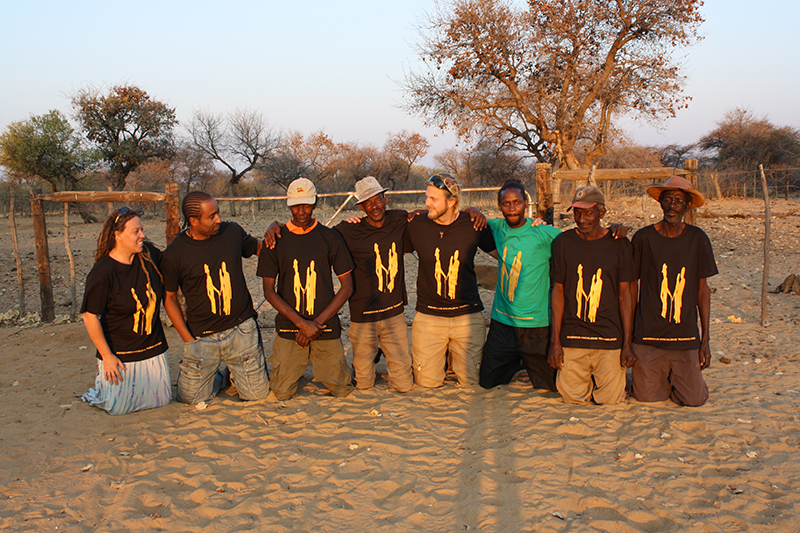Projects

Our aim is to co-design technologies for the purpose of indigenous knowledge collection, representation and transfer to be used by the rural knowledge bearers.
We deconstruct the tensions that occur between western imprinted technology and the digital representation of Indigenous Knowledge in theory and practice.
Assumptions regarding considered appropriate methods, concepts and techniques are revised.
Design decisions need to be determined and negotiated within local contexts and an indigenous epistemology.
We pursue a community-based co-design approach, which is fundamentally rooted in a dialogical and participatory action research paradigm.
We contextualise our work within an afro-centric paradigm thereby challenging current mainstream research methodologies.

We are following a number of reasearch leads simultaneously:
We are further improving the current prototype for independent deployment.
We are investigating rural communities’ Crowdsourcing of local adaptations as an affordable solution.
We are working with a number of rural pilot schools to create local content based on indigenous knowledge by teachers using local language wikipedias.
We continue to explore an afroc-centric approach to such a R&D project and derive implications for ICT4D and HCI4D.
We involve undergraduate and post graduate students to support capacity-building in the field of community-based co-design. -We collaborate with international partners on related projects.

The HomeSteadCreator (HSC) is a prototype which has been developed iteratively with a Herero community in Namibia.
The original goal was to enable community members to digitally recreate their physical context to later embed locally recorded IK video, audio or physically tagged places.
The videos comprise of recordings of local practices, customs and rituals.
At the core of the HSC is the ideas of adding information about the context by having community elders reconstruct scenes of any IK recording as a 3D scene.
The rationale is that video recordings in general only show one perspective of the scene, thus missing information which is crucial for an optimal local knowledge collection. Some of these missing details can be generated by using a game engine.
For instance by adding weather systems, allow elders to share stories that are not recorded, adding animations to virtual characters portraying local practices etc.
The HSC is envisioned as a tool where local elders can record IK and recreate the digital context for themselves. The cardinal point is that they can record/manage their own IK locally without assistance.
Naturally, they have been doing so for centuries, but the reason for the tool is to transfer parts of this body of IK to youths from the community and region that are unable to assimilate the IK due to being de-situated at remote schools, and to preserve some of the IK for the future in digital format.
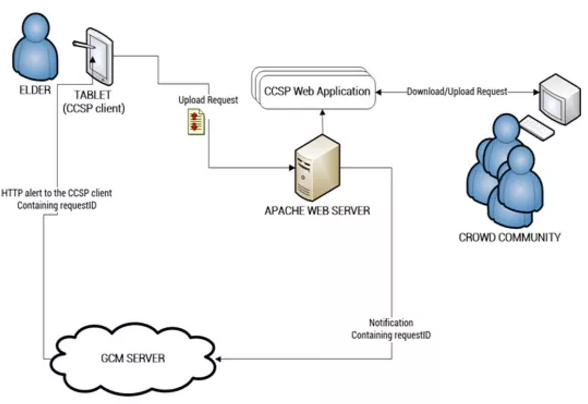
Return Policy
One of the initiative ideas to preserve indigenous knowledge of the rural communities in Namibia is to find affordable ways on how to develop ICT solutions. The rural communities do not have sufficient funds to afford to pay ICT experts to develop software applications. Moreover, there is not a large of Software Engineers in Namibia that would develop software application for free or at a low cost.
Our research team is therefore looking at how the rural communities could outsource their software request needs to the crowd on the Internet that are willing to develop free software applications for the rural communities in Namibia.
In order to overcome this obstacle, we are in the process of developing a community crowdsourcing platform (CCSP). The CCSP takes into account the technical diversity of the technical people on the Internet and rural community communicating. Most rural community members in Namibia are not familiar with the usage of web based applications while technically versed people use web applications on a daily basis.
However our usability evaluations have shown that rural community members of all ages are skilled to use tablets with minimal exploration time. It is therefore, that the CCSP prototype is portable to work on tablets with minimal instructions and reading as most rural community members in Namibia are semi-literate only.
CCSP platform is being developed to have the following functionalities listed below:
-To allow a community member to upload a request of any format e.g. text, audio, image, video, etc.
-The request could be a 3D graphical design that the community member will use to portray their knowledge to the youth.
-The uploaded request should be published to the Open Source Developers to design the graphics (crowdsourcing).
-Once the open source graphic designers are done with their proposed solution/s they should be able to upload it to the CSSP.
-Finally the community member should be able to download the preferable graphic to their tablet.
The CCSP application flow is depicted in the figure above.
The following design features are being considered in the development of CCSP:
-Validation of uploading requests – CCSP platform should not allow irrelevant or offensive uploads from both community members and open source developers.
-The platform should synergise the communication between community members and open source developers. A Strategy on how to attract and keep the open source developers interested in contributing to the community member’s requests should be well thought off and implemented.
-A Sound selection strategy of selecting the best proposed graphic should be implemented.
-The CCSP platform above all quality attributes it should be easy to use and portable to cater for community members who are more familiar with the usage of mobile than ordinary web applications.
-Appropriate design pattern should be well thought off and implemented.
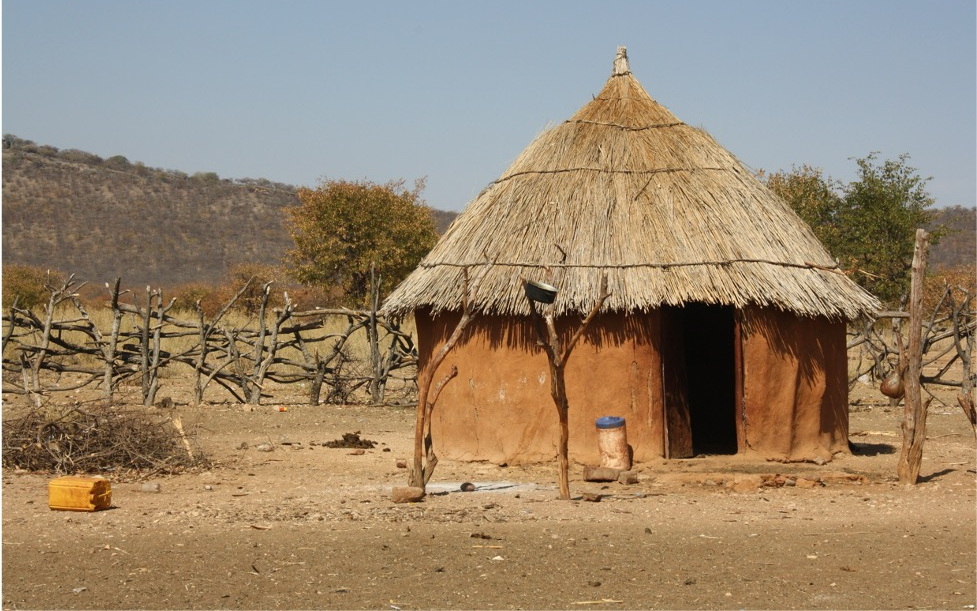
This project is entitled Smart Energy Solutions for Africa(SESA). The project has been designed to combine innovative energy access solutions for a range of applications in both urbanised and rural contexts in Africa and will focus on testing, validating, and replicating those energy innovations through co-developed demonstration actions.
SESA (Smart Energy Solutions for Africa) is a collaborative project between the European Union and nine African countries aimed at providing energy access technologies and business models.
It facilitates the co-development of scalable and replicable energy access innovations, to be tested, validated, and later replicated throughout the African continent.
Within the IK Cluster frame, the specific focus is on exploring green energy possibilities in indigenous contexts by applying a variety of community-based and speculative design methods and approaches.
SESA’s objective is to mitigate climate change and avoid lock-in situations while improving access to sustainable energy under affordable and reliable conditions.
The project aims to achieve a high level of replicability of actions. As part of an effort to go beyond the state of the art and maximise the project’s impact, the project will co-develop innovations with local partners and cooperate closely with sister projects to exploit synergies.
Solutions that will be tested in this project have been selected on their basis of their replication potential. Demonstration concepts aim to integrate several solutions to provide essential energy services to rural and urban communities and create easily replicable business opportunities for local entrepreneurs.
The Replication action description
The Namibian replication case is a national endeavour, whereby specific rural communities nationwide will be selected as recipients of the replicated solutions. The solutions are essential for communities, as they enable communities to:
1) have access to green and sustainable energy
2) to enhance local productivity and capacity.
The link to the the SESA Website: SESA
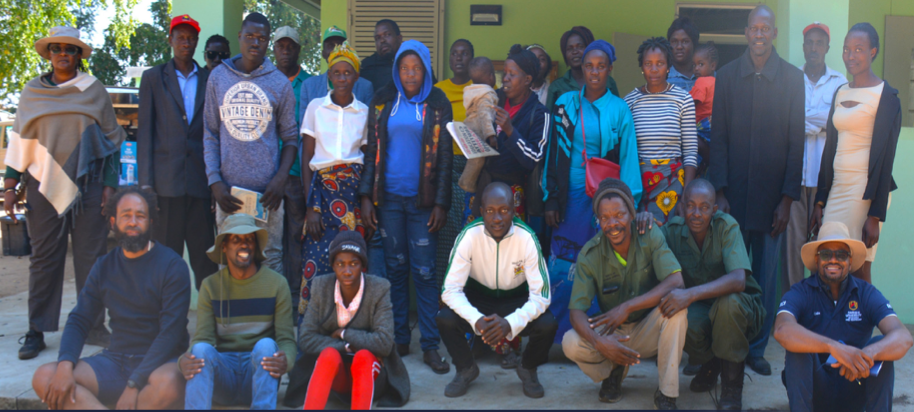
This project comprises of a comprehensive initiative called InfoRange, aimed at increasing efficiency in rangeland-based livestock value chains through machine learning approaches and digital technologies.
Rangeland-based livestock production, a significant contributor to the agricultural GDP of eastern and southern African countries, relies minimally on external inputs but heavily on knowledge and information. InfoRange, led by Prof. Dr. Brigitte
Kaufmann from DITSL - German Institute for Tropical and Subtropical Agriculture and Transdisciplinary and Social-ecological Landuse Research, embarks on a journey to revolutionize mobile pasture-based livestock husbandry through digitization.
Collaborating closely with livestock keepers, herders, veterinarians, and other stakeholders, InfoRange harnesses digitization to enhance pasture management and veterinary care. The project leverages ICT solutions, including mobile phone applications, to integrate user-generated information with remotely sensed data.
The InfoRange project uses digitisation to make mobile pasture-based livestock husbandry more efficient, developing ICT solutions together with user groups – i.e., livestock keepers and herders as well as veterinarians, among others. This involves bringing together diverse stakeholders’ knowledge to work out what digital solutions for better pasture management and veterinary care might look like and what is needed for successful use of the ICT solutions.
Similar to the geotagging of photos and of live traffic reports, user-generated information will be uploaded into a mobile phone application. This will then be combined with remotely sensed data. Through image processing and machine learning, the visual rangeland scoring will be digitalised and the output fed to mobile phone applications as well as availed for scenario analyses.
InfoRange's Aims are to:
InfoRange's goal is to improving rangeland use and governance and increasing resource-use and production efficiency in rangeland-based livestock production through digital and ICT applications/services that permit user-generated information acquisition and transmission
InfoRange's objectives are to:
-Improve decision-making tools at various governance levels using citizen science.
- Adapt and develop ICT tools to support rangeland management and veterinary services
-Enhance the relevance and accessibility of digital services for rangeland users.
Approach
Perceptions of rangelands vary widely, depending on the value we place on what we see, and what is worth knowing, sharing, and protecting. Furthermore, the discipline, scale, and methods of data collection and analysis change what is seen. To address the needs of pastoral communities, their values, needs, and requests must be integrated into the research process.
The link to the InfoRange Website: InfoRange
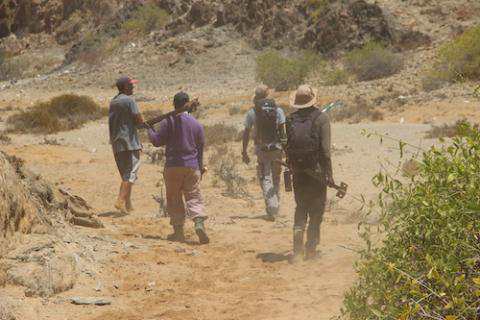
The SCIONA project, funded by the European Union, aims to enhance cross-border ecosystem management and wildlife protection in the Iona – Skeleton Coast Transfrontier Conservation Area (TFCA) of Angola and Namibia. Led by the Namibia University of Science and Technology in collaboration with Instituto Superior de Ciências de Educação (ISCED) da Huíla, Angola, the project spans three years, starting from February 2018.
SCIONA focuses on co-designing and implementing conservation monitoring technology with park authorities and local communities to address human-wildlife conflicts and habitat encroachment. Building on Namibia's successful community-based natural resource management program, the project seeks to replicate similar successes in Angola's Iona National Park, which faces challenges due to past civil unrest and a lack of institutional support.
By engaging communities and leveraging technology, SCIONA aims to mitigate conflicts and support wildlife conservation across the region.
The SCIONA project aims to strengthen cross-border ecosystem management and wildlife protection in the Iona – Skeleton Coast Transfrontier Conservation Area (TFCA) through co-designing and implementing conservation monitoring technology with the park authorities and surrounding communities. The SCIONA project builds on the Namibian experiences with community involvement in ecotourism and conservation. Namibia has been at the forefront of devolving natural resource management authority to the local communities through the legally mandated Community-based Natural Resource Management (CBNRM) programme.
Under stable political conditions within an enabling policy environment, Namibia’s Skeleton Coast National Park and the adjacent conservancies have seen a positive growth of wildlife populations over the past 40 years. As the Namibian communities also rely on subsistence cattle and goat farming, they are particularly vulnerable to conflicts with predators such as lion, hyena, leopard, cheetah and crocodile.
In contrast, Iona National Park in Angola has reduced wildlife populations and saw the encroachment of human populations into its sensitive habitats because of the recent civil war and subsequent lack of institutional and financial support. Increased human-wildlife conflict incidents are expected in Iona once biodiversity recovers and migration takes place from the Skeleton Coast and surrounding communal conservancies.
The link to the SCIONA Website: SCIONA

